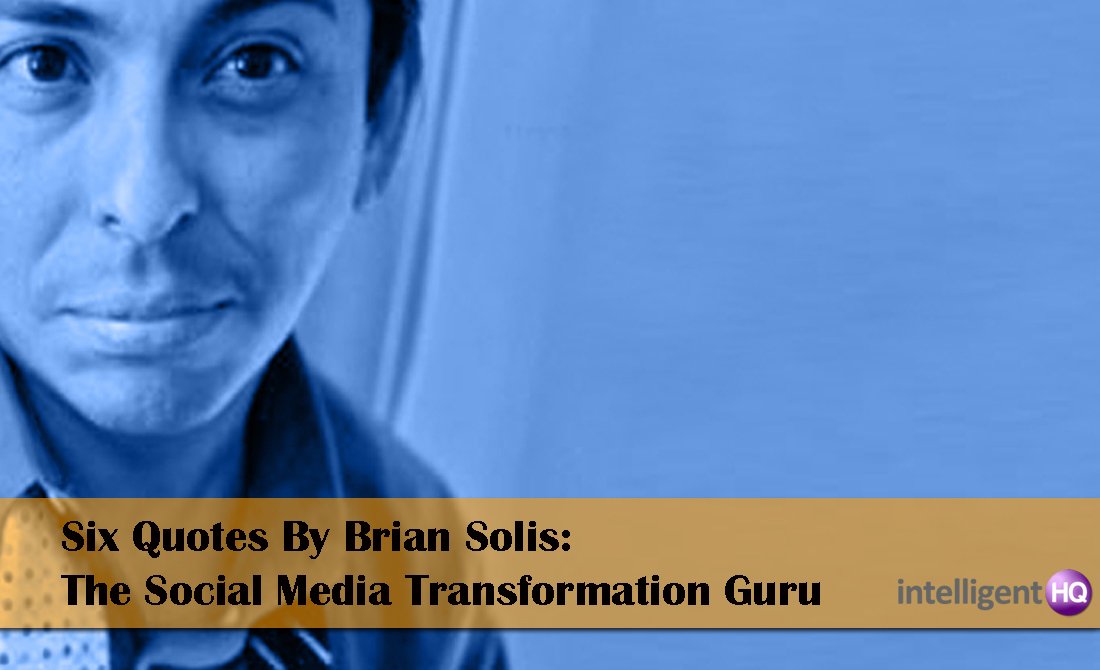
Financial services are a main tool for basic personal economic transactions. Even if we never think about it, they are present in our life-style just as do mobile phones or the internet. We are so stuck with them that it is hard to imagine a world with no financial services available at all. That would mean having to carry our cash in our pockets or paying a car without statements.
Those daily basics we are so used to and with the right tools about how to use them are common in developed countries because of years of preparations and literacy. In fact, that knowledge exists around us almost since our childhood, as information about banks and financial products float around us throughout our lives. Our parents took care of getting us a life insurance, they opened a bank account to add some savings for our future and we see in every day transactions how physical money starts to vanish into credit cards or online payments.
Same services don’t work for everyone
So far, financial services are somehow included in our life, having reached a status where not having these kind of services mean a non-existence scenario. But this necessities that we have achieved are not the same all around the world and in other societies.
Bank accounts work for high developed societies where they are part itself of the citizen’s lifestyle. In those societies people not only have got used to them but, actually, take revenues from using them. In parts of the world where knowing how to use a bank account is completely different, bank accounts might have little to say to people, that is, if implemented in the same way.
We are here talking about a point where financial Inclusion faces the most challenge. Bank accounts that were designed as convenience tools for the middle classes just don’t really work for people on lower incomes in other geographical areas. The financial needs of this sector are obviously diverse. The fact is that in those areas, people needs tend to revolve around solving immediate problems rather than accumulating money.
In those parts of the globe, people lack resources and literacy about using financial services properly. These people in emerging countries are rarely trying to optimise interest returns or build credit history. They are often just trying to store money in a safe place where it can be instantly and securely accessed in case of urgent need.

Making Financial Services attractive
Overcoming this problem means we need to find new kinds of value in the accounts specifically tackled to address the unique challenges faced by low-income consumers.
For an average citizen in these countries, one of the aspects that had been designed to bringing people into the financial system, is an account feature that allows users to automatically reserve part of their income for a savings goal. This is what finally encouraged them to use the account for more than simply a mandatory payment mechanism and to develop a positive relationship with their financial institution that brought them closer to meeting their goals.
For Junto Global expert Chris Walker, the key thing is “to provide tools that trade quick and easy access for security and longer term planning, preventing unnecessary spending, and emphasising the security and certainty that banking services can provide.”
“Our research suggests, psychologically, people treat bank accounts fundamentally different to mobile-money products whose ease of use can lead to quick spending, and other research bears this out. Only when referring to bank accounts do we hear users talking about saving for a wedding or religious holiday,” he continuous in a The Guardian article.
Specific Services for specific Costumers
Therefore, Banks should embrace new marketing strategies that can reach these costumer-type into the financial system rather than just offer them a product they can’t understand.
The old-fashioned bank account may not be as glamorous as the shiny new mobile money product, but its primary use case could help ensure that the inclusion in financial services does more than provide convenience and connection, it provides security and opportunity as well.
To end with, Chris Walker thinks that “that is not to say banks should eschew technology; indeed they need to embrace it because the face-to-face traditional service model is costly. But they should ensure the right technology is used in the right way – automating call centers or even outsourcing customer engagement to players who are specifically set up to manage it at scale, rather than designing products for the wrong end-user”.
Thought leadership series on new trends and blockchain, powered by Humaniq.
Launched in 2016, Humaniq aims to provide mobile finance to the 2 billion unbanked population through its mobile app for good, that uses biometric authentication to replace traditional methods of ID and security. Humaniq’s open source stack and API will be available for startups and other businesses to build services on its core technology, making it easy to adapt their service and plug it into Humaniq’s network to reach a huge, untapped audience.

Hernaldo Turrillo is a writer and author specialised in innovation, AI, DLT, SMEs, trading, investing and new trends in technology and business. He has been working for ztudium group since 2017. He is the editor of openbusinesscouncil.org, tradersdna.com, hedgethink.com, and writes regularly for intelligenthq.com, socialmediacouncil.eu. Hernaldo was born in Spain and finally settled in London, United Kingdom, after a few years of personal growth. Hernaldo finished his Journalism bachelor degree in the University of Seville, Spain, and began working as reporter in the newspaper, Europa Sur, writing about Politics and Society. He also worked as community manager and marketing advisor in Los Barrios, Spain. Innovation, technology, politics and economy are his main interests, with special focus on new trends and ethical projects. He enjoys finding himself getting lost in words, explaining what he understands from the world and helping others. Besides a journalist, he is also a thinker and proactive in digital transformation strategies. Knowledge and ideas have no limits.




























